French Cremone Bolts
French cremone bolts are an essential part of French doors, particularly those that are used in the interior of homes. They are also known as French door bolts, French door locks, and cremone window locks. These bolts are designed to keep the doors secure and prevent them from being opened from the outside. They are also an important part of the design of French doors, as they add to their aesthetic appeal. In this article, we will discuss what French cremone bolts are, how they work, their history, their design, and their benefits. We will also look at the different types of French cremone bolts available on the market today and how to install them.

What are French Cremone Bolts?
French cremone bolts are a type of door bolt, similar to a lock or latch, that are used on French doors. They can also be used on French windows. They are a long, vertical mechanism that sits on the edge of the door or window and can be operated by a handle or lever. The bolt mechanism is usually made up of two rods, one that slides up and down and the other that slides left and right.
The top and bottom of the mechanism are attached to the frame of the door or window. When the handle or lever is turned, the sliding rods move to engage with the frame, securing the door or window in place. This creates a seal around the edges, preventing drafts and ensuring a tight fit.

How Do French Cremone Bolts Work?
The French cremone bolt mechanism consists of two rods that move in different directions. The first rod moves up and down, while the second moves left and right. This creates a locking mechanism that engages with the frame of the door or window. When the handle or lever is turned, the rods are moved into position, engaging with the frame and securing the door or window in place. This creates a tight seal around the edges of the door or window, preventing drafts and ensuring a good fit.

The History of French Cremone Bolts:
French cremone bolts have been used in French doors for centuries. They were popular during the Renaissance period in France, where they were used on interior doors in grand homes and palaces. The design of French doors evolved over time, and so did the French cremone bolt. In the 18th century, French doors became wider and taller, and the French cremone bolt was adapted to suit these new designs.
During the 19th century, French doors became even more popular, particularly in Victorian and Edwardian homes. The French cremone bolt was once again adapted to suit these new designs. Today, French doors are still a popular feature in homes, and the French cremone bolt remains an essential part of their design.

The Design of French Cremone Bolts:
The design of French cremone bolts is relatively simple, but there are variations in their shape, size, and style. Most French cremone bolts are made from brass, although other materials such as bronze, chrome, and stainless steel can be used. The basic components of a French cremone bolt are the handle or lever, the vertical rod, and the horizontal rod. The handle or lever is used to operate the mechanism, while the rods slide up and down and left and right to engage with the frame of the door or window. The length of the rods can vary, depending on the size of the door or window.
Most French cremone bolts have a maximum length of around 300mm or 12 inches. The width of the mechanism is usually around 20mm or ¾ inch. There are many different styles of French cremone bolts available on the market today. Some are designed to be decorative, while others are more functional. Some have intricate patterns and designs, while others are simple and understated.

Benefits of French Cremone Bolts:
The benefits of using French cremone bolts are numerous. They are an essential part of the design of French doors, and they provide several practical benefits.
- Security – French cremone bolts are an effective way to secure French doors, preventing them from being opened from the outside. This makes them an excellent choice for exterior doors.
- Aesthetics – French cremone bolts are an integral part of the design of French doors, and they add to their aesthetic appeal. They can be designed to match the style and décor of the room in which they are installed.
- Draft-proofing – French cremone bolts create a tight seal around the edges of the door, preventing drafts and ensuring a good fit. This can help to reduce energy costs and make a room more comfortable.

Types of French Cremone Bolts:
There are several types of French cremone bolts available on the market today. The most common types are:
- Straight bolt – This is the most common type of French cremone bolt. It is a straight, vertical bolt that slides up and down to engage with the frame of the door or window.
- Offset bolt – An offset bolt is a type of French cremone bolt that is designed for doors that have a thin frame. The bolt is offset to one side of the mechanism, allowing it to engage with the frame more effectively.
- Compact bolt – A compact bolt is a type of French cremone bolt that is designed for smaller windows. It is a shorter mechanism that is designed to fit into a smaller space.

How to Install French Cremone Bolts:
Installing French cremone bolts is relatively straightforward, although it does require some basic DIY skills. Here are the basic steps involved in installing French cremone bolts:
- Measure the door or window – Measure the height and width of the door or window to determine the length of the rod needed for the cremone bolt.
- Drill the holes – Drill two holes in the edge of the door or window, one for the vertical rod and one for the horizontal rod.
- Fit the cremone bolt – Fit the cremone bolt into the holes, ensuring that it is level and flush with the edge of the door or window.
- Attach the handle or lever – Attach the handle or lever to the mechanism, ensuring that it is level and secure.

French cremone bolts are an essential part of French doors, providing both security and aesthetic appeal. They have been used in French doors for centuries and have evolved over time to suit changing styles and designs. There are several types of French cremone bolts available on the market today, and they can be designed to match the style and décor of the room in which they are installed. Installing French cremone bolts is relatively straightforward and requires only basic DIY skills. By following the steps outlined in this article, you can install French cremone bolts in your own home and enjoy their many benefits.




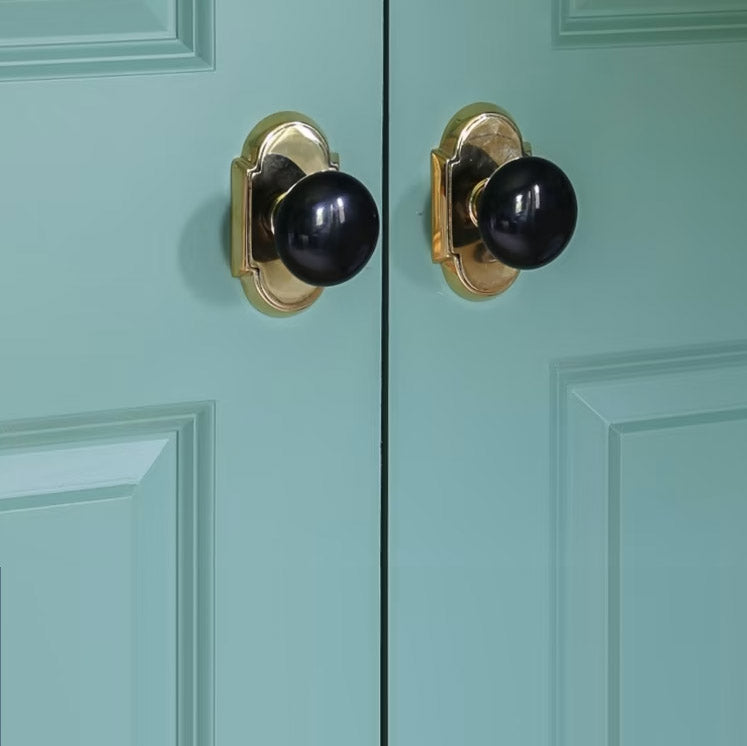
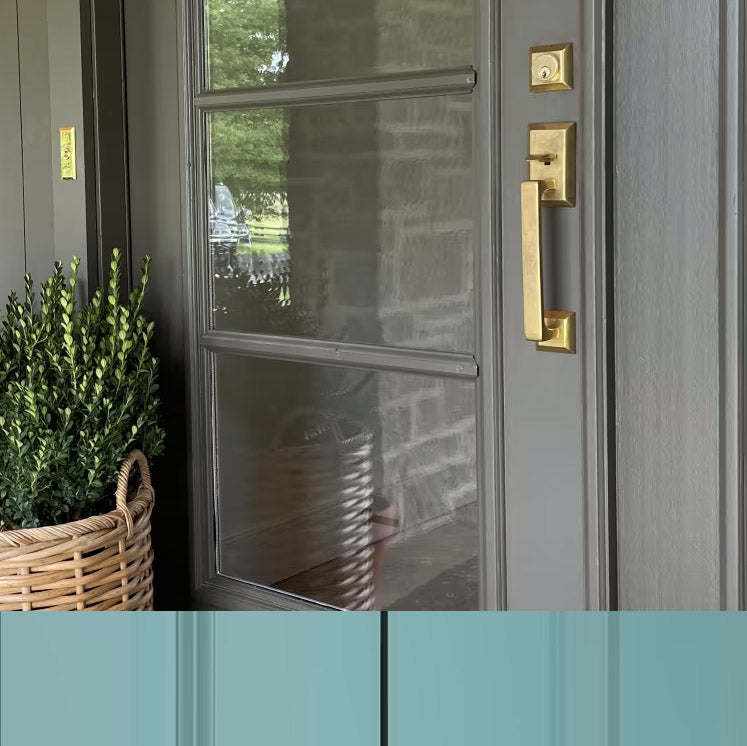
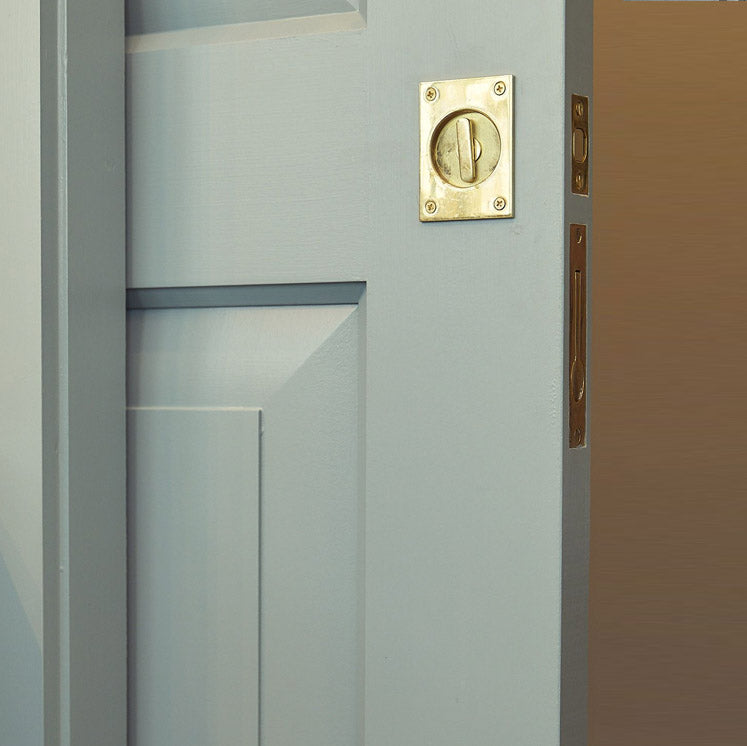
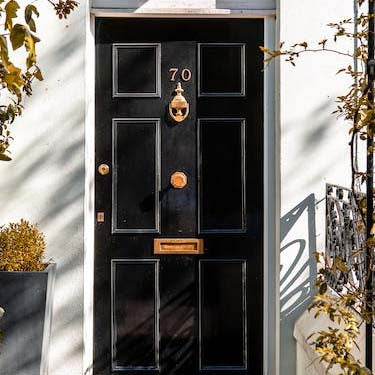
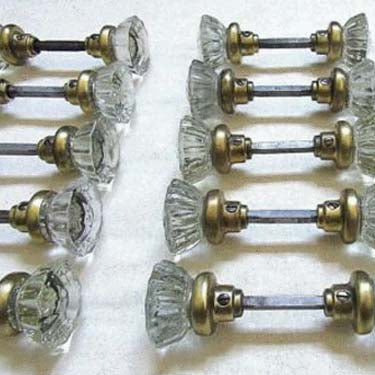

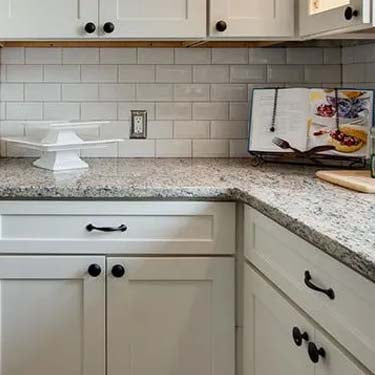
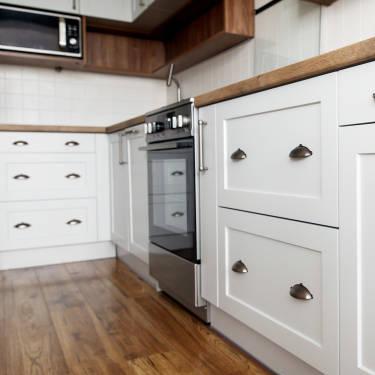
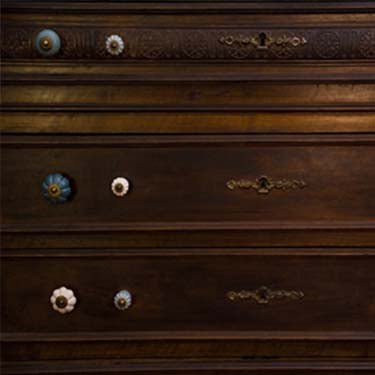
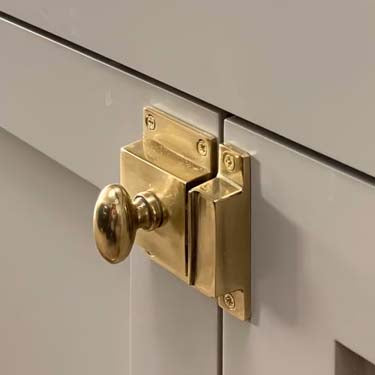
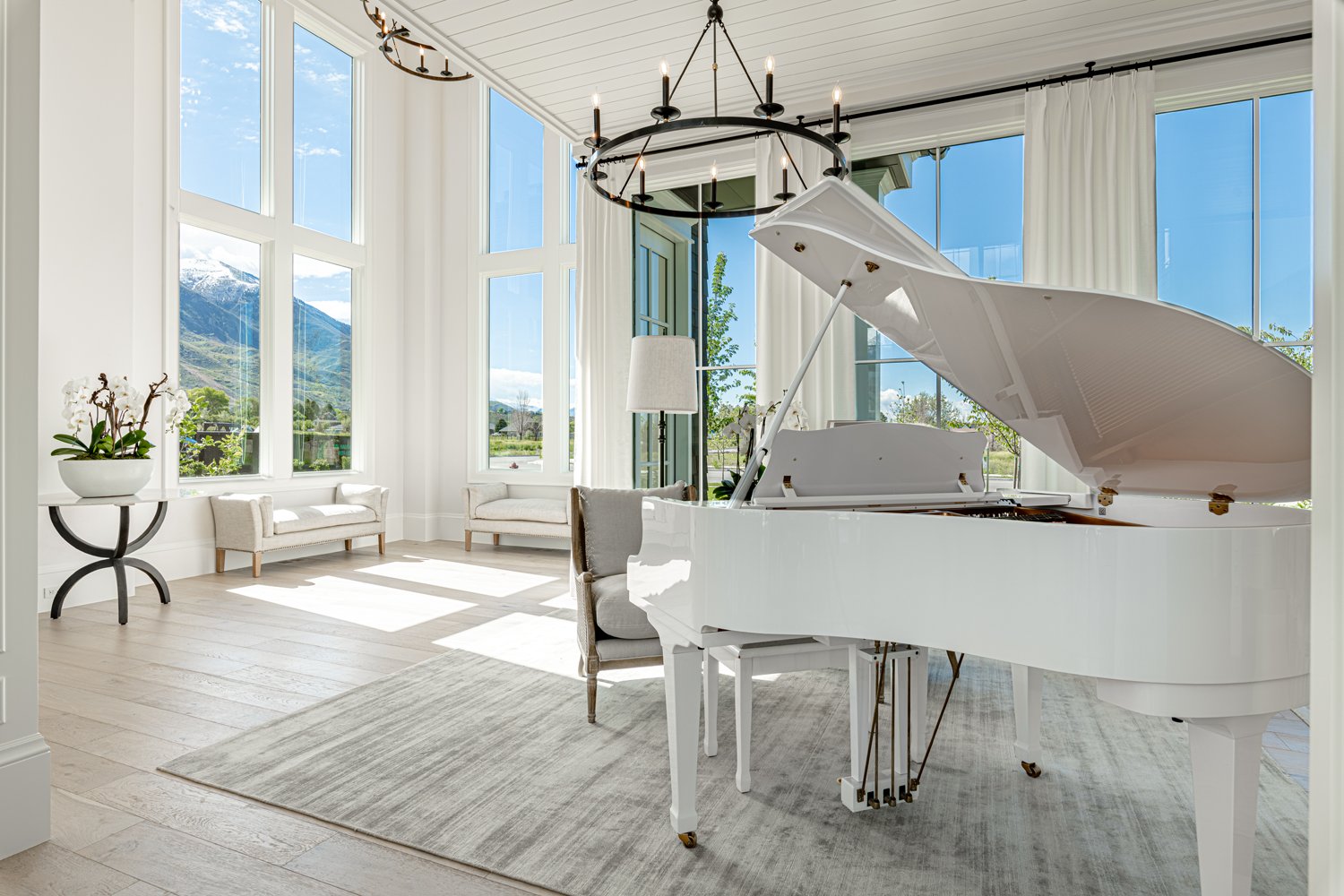
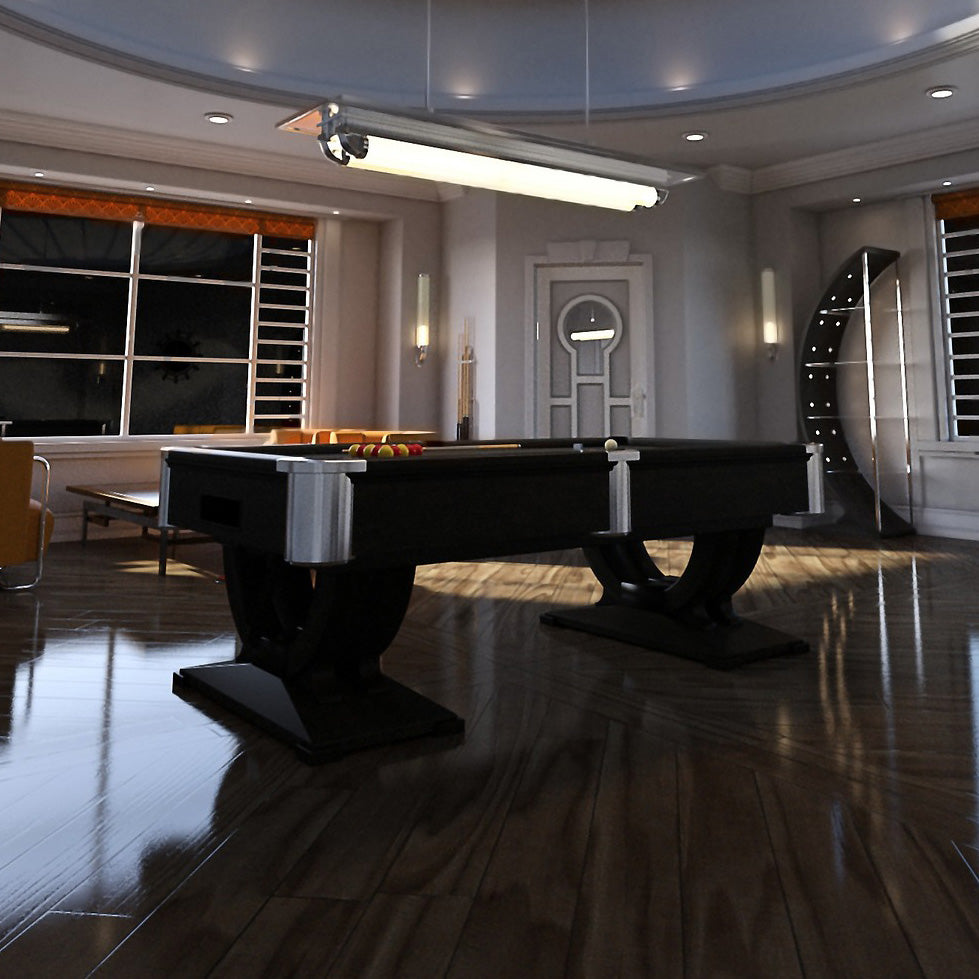
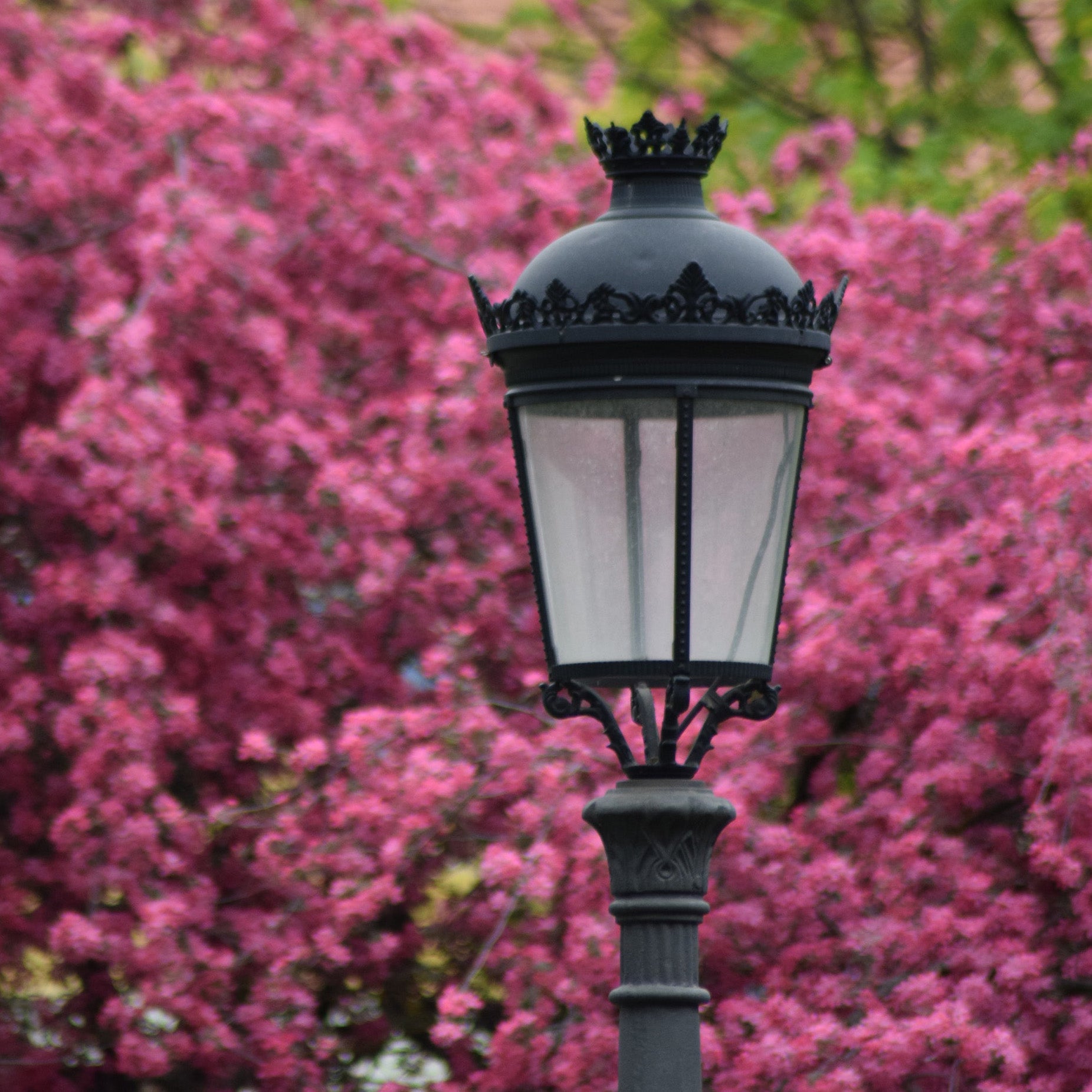
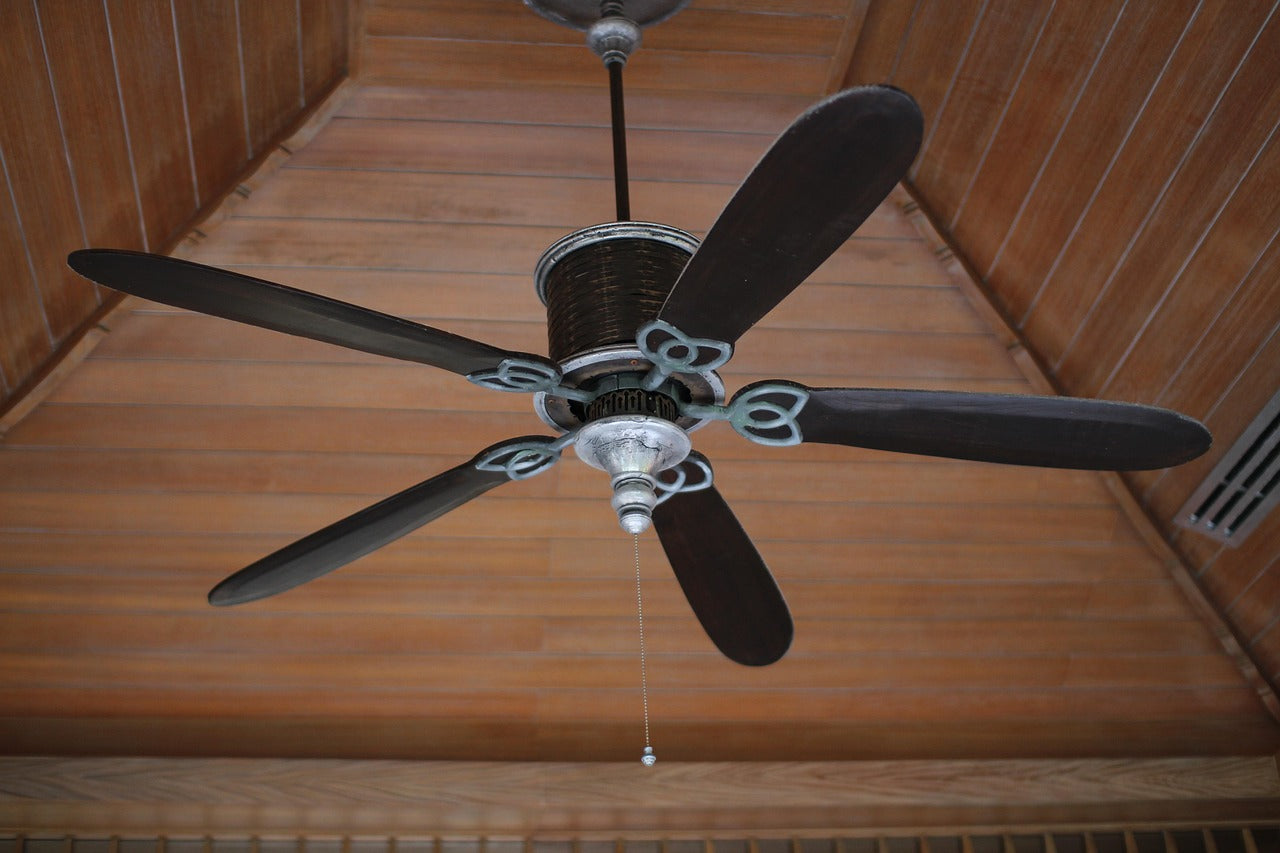
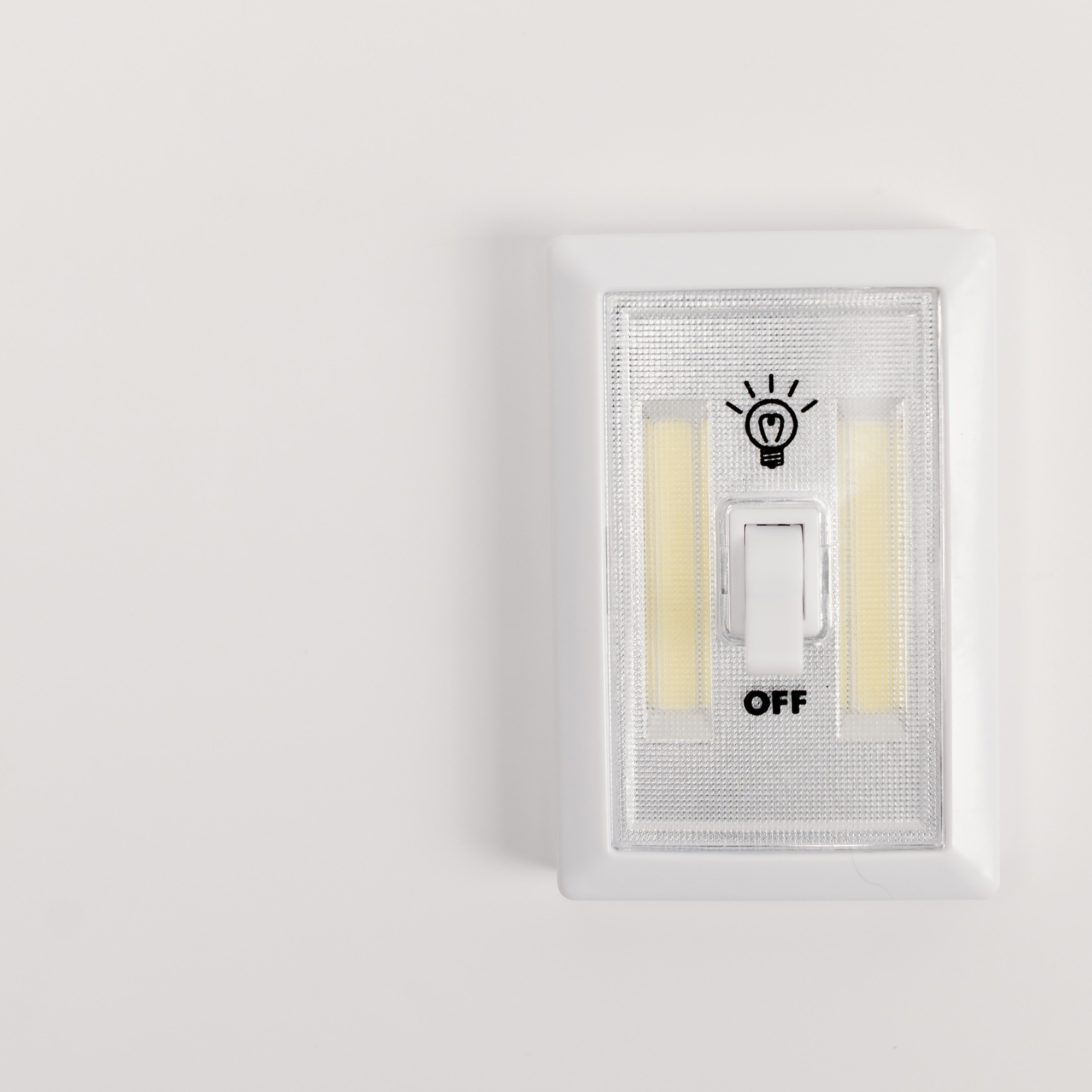
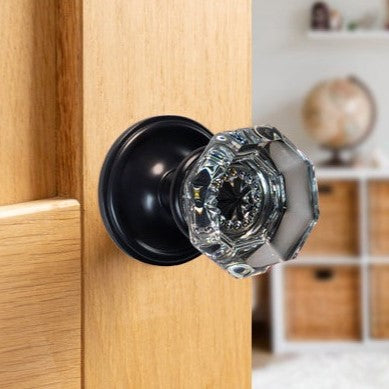

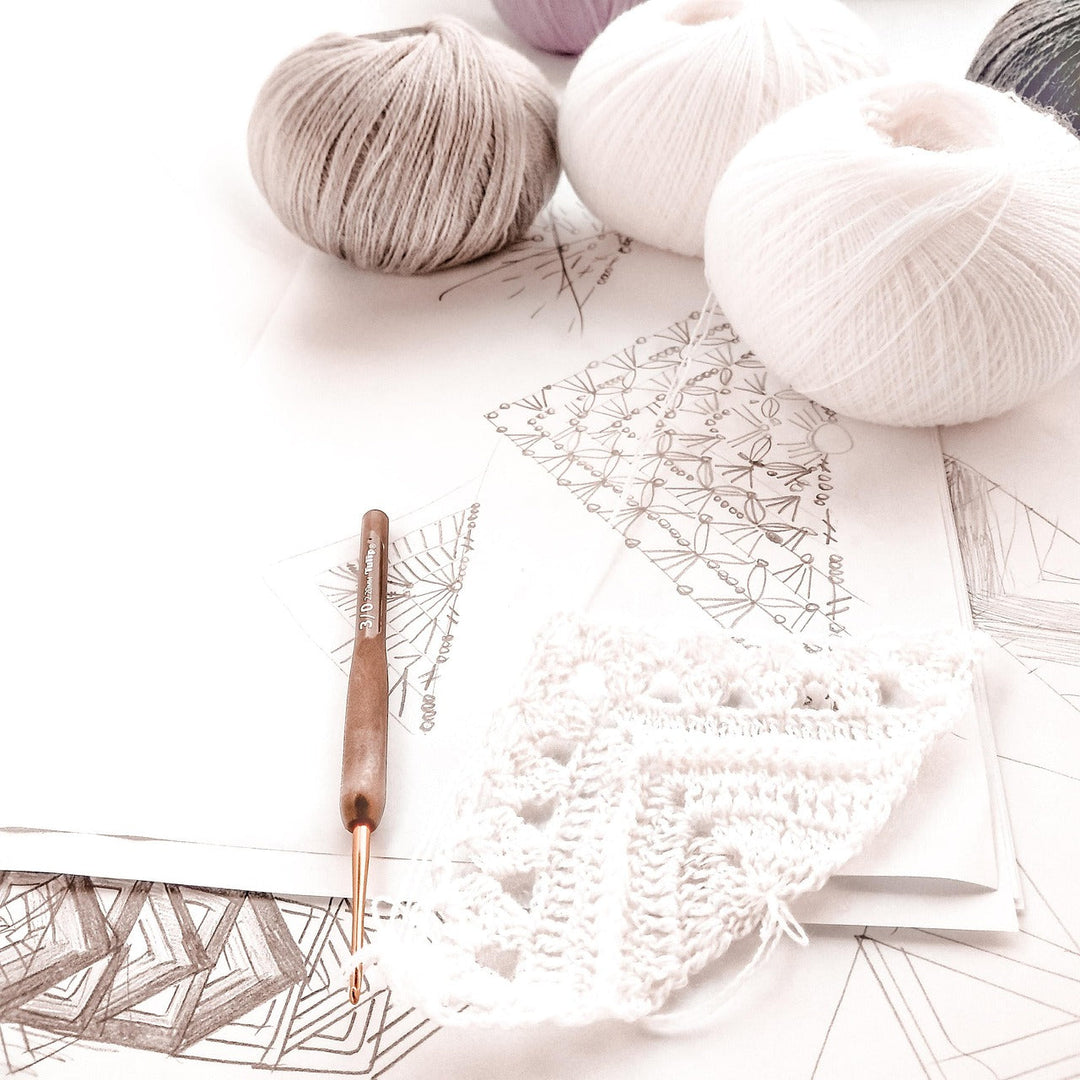
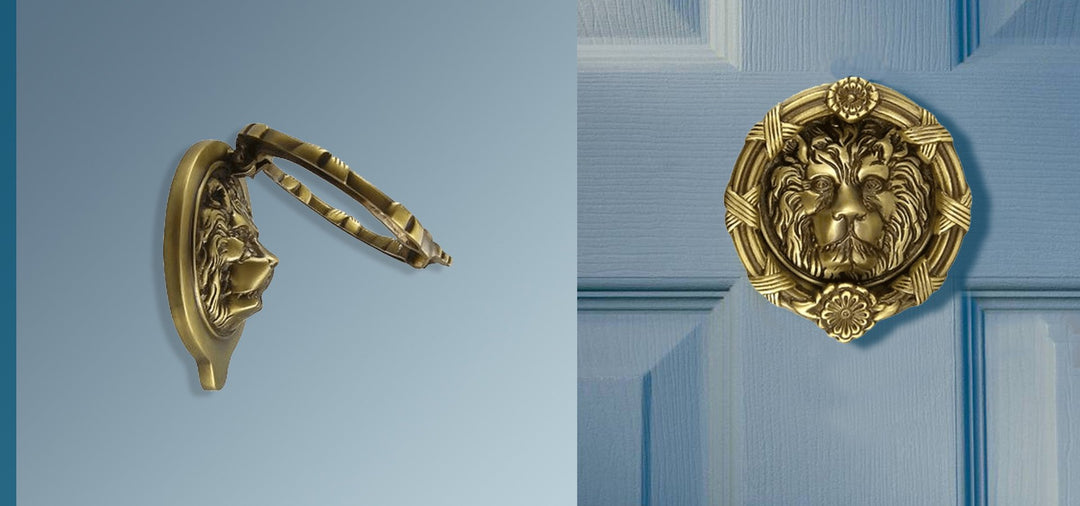
Leave a comment